Standing like a behemoth on the Northern skyline of Port Colborne is the imposing edifice of the Robin Hood Flour Mill. This magnificent building has dominated the local landscape for decades.
Loved by some, loathed by others, the once thriving mill employed around seventy at it’s peak in the 1960’s and was a significant force in the local economy and beyond, as flour was processed and sent to all corners of Canada and America. The world changed. Those glory days have passed.
Behind almost every door in the old locker room are written names long since forgotten. Many doors are inscribed with combinations to neighbouring lockers – this was back when you and your workmates trusted each other. Simpler times. Some would say better.
The flour mill went through a series of changes before finally being closed for good in 2007. During the next two years it changed hands several times. In 2009 the site was acquired by Ceres Global Ag Corp., a Minnesota based grain company that saw the potential in both the building and its location on the Welland Canal.
During the next three years work commenced on re-purposing the mill from flour to grain distribution, removing much of the unneeded milling equipment and adding rail, truck, and boat loading infrastructure. Now a central part of Canada’s grain economy and distribution network and fully covered under the Grain Act of 1987, Robin Hood is ready willing and able to deliver high quality grain throughout Canada.
A Promising Future
The storage capacity is impressive. Robin Hood has 129 grain bins which can store 2.3 million bushels. These cylinders give the building it’s unique look and height. As someone that has walked on the roof of these bins I find it hard to convey their sheer size. From a distance they are imposing. Looking into them through a grill at the top, they are phenomenally huge. Let me put it this way. You could easily drop the contents of a small car dealership forecourt into each without filling it to the top.

129 storage bins 
Routing the grain 
Drying system 
View of Sugarloaf Hill 
Grain conveyors 
Up on the roof 
More grain conveyors 
Warehouse Art Gallery 
Warehouse 
Endless stairs 
Endless corridors
The high speed conveyor system and pipework required to channel fast moving grain into 129 bins is equally staggering. The biggest grain elevators (there are half a dozen or so) can each move 1000 tons of grain per hour. These lift the grain up to the appropriate conveyor, which carries it to the correct bin. I found it interesting that the system used to position the outpouring grain above the correct bin is, surprisingly, manual. I like that in this automated age the human touch is still required.
The newest addition to the grain management operation, installed earlier this year, is the drying system. Grain tends to absorb moisture and this can cause problems with quality control. Previously, grain had to be shipped onward to specialist drying facilities, which of course incurred cost to farmers and producers. This addition makes Robin Hood a much more appealing venue as drying can be done on site, saving both time and money for the customer, and getting the product to market faster.
New Horizons
The facility looks from the outside to be in a state of disrepair, abandoned. This is not so. The redirection of purpose in recent years has given the facility new life. Most of that is not visible from the outside. Repairs continue to be made, additions added, updates installed. It will take time, but it will be done.
In 2019 Ceres signed an agreement with London Agricultural Commodities (LAC), Ontario’s leading distribution network, for storage and handling at the site. This agreement will see the opening of new markets in 2020 coming in to Port Colborne by rail, truck, and boat, boosting the local economy. This venerable facility will be around for a long time to come. And that makes me smile.
To close, I wanted to show one more aspect of the Robin Hood: The view.
It is quite simply breathtaking. A quick trip to the roof provides uninterrupted 360 degree views across the whole Niagara peninsula and beyond. Talk about new horizons.

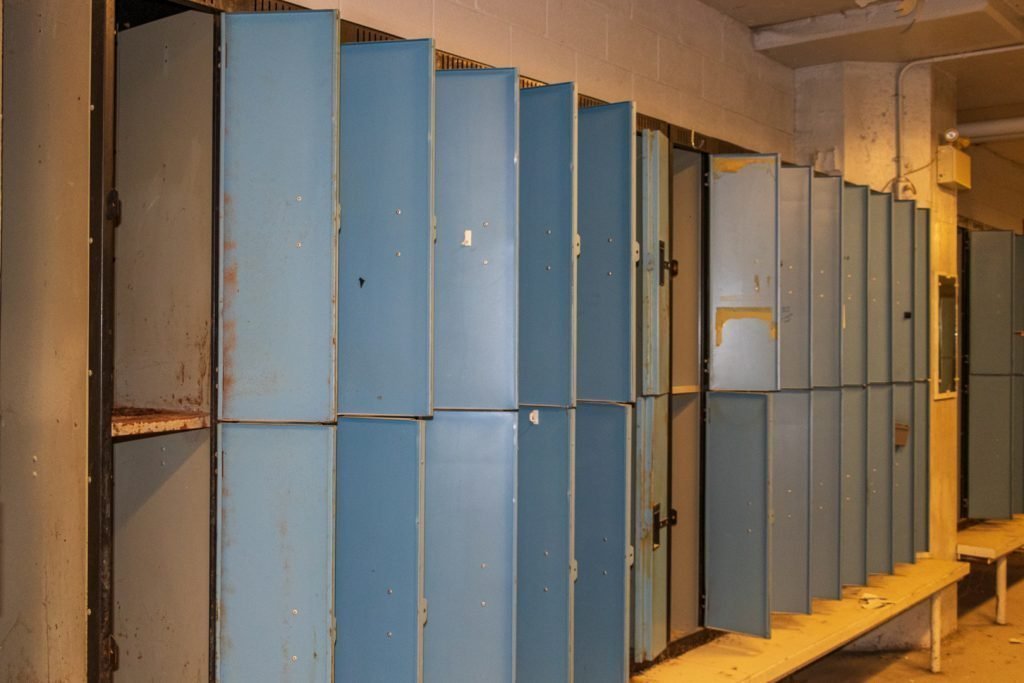
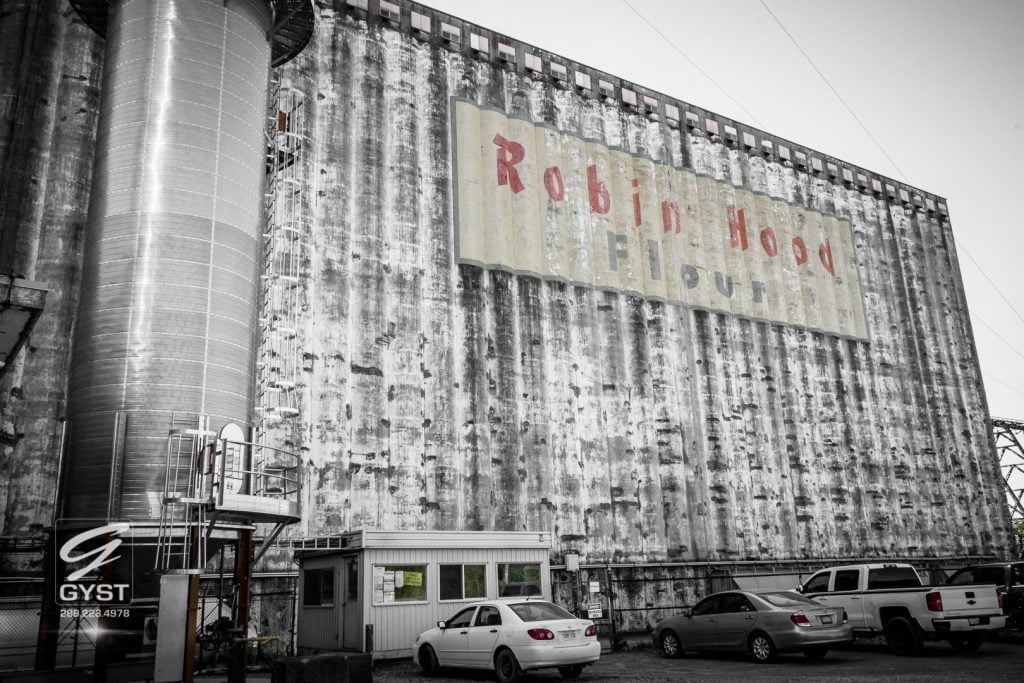
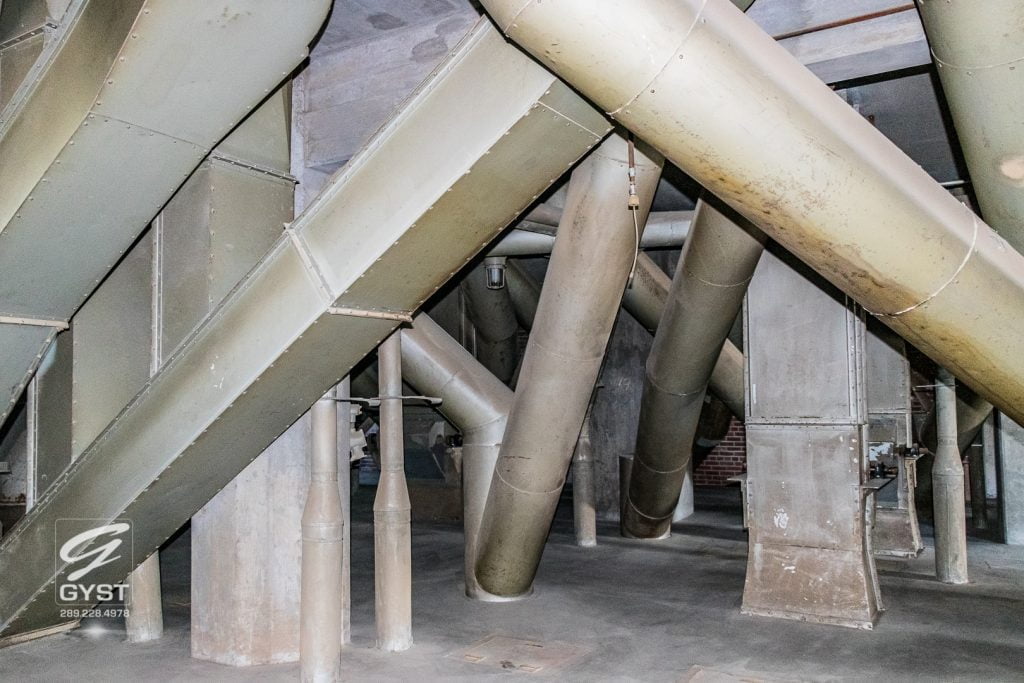
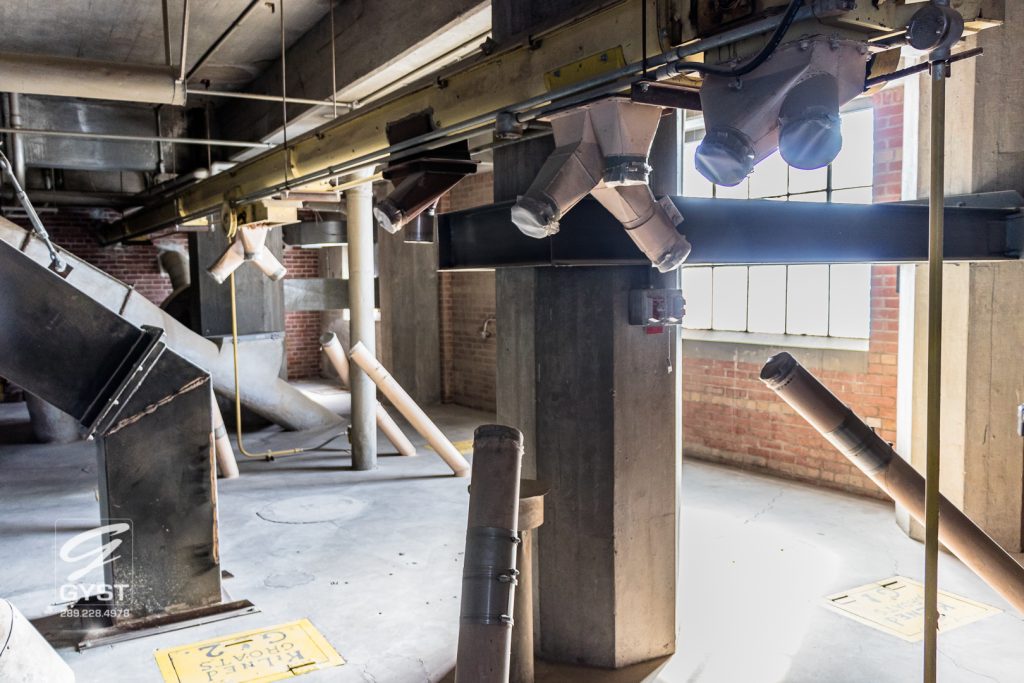
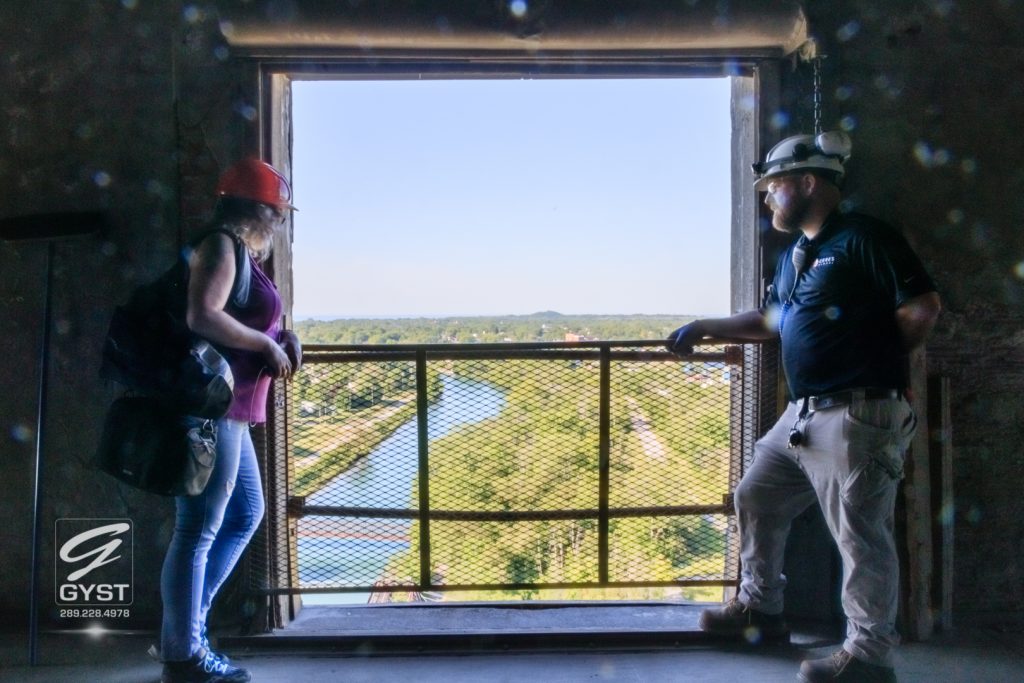
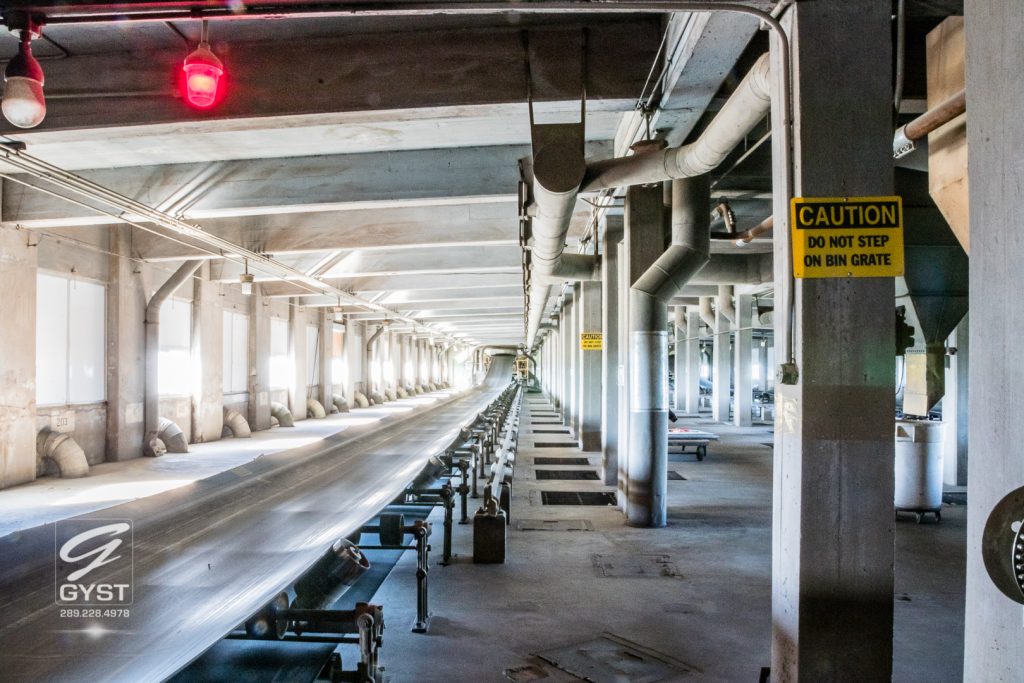

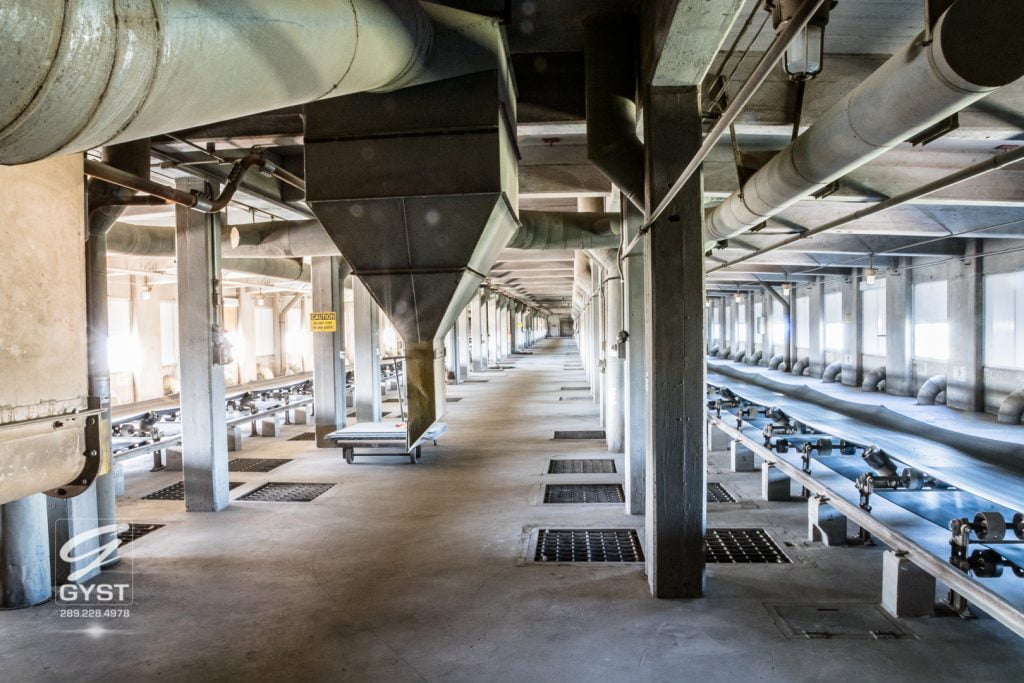
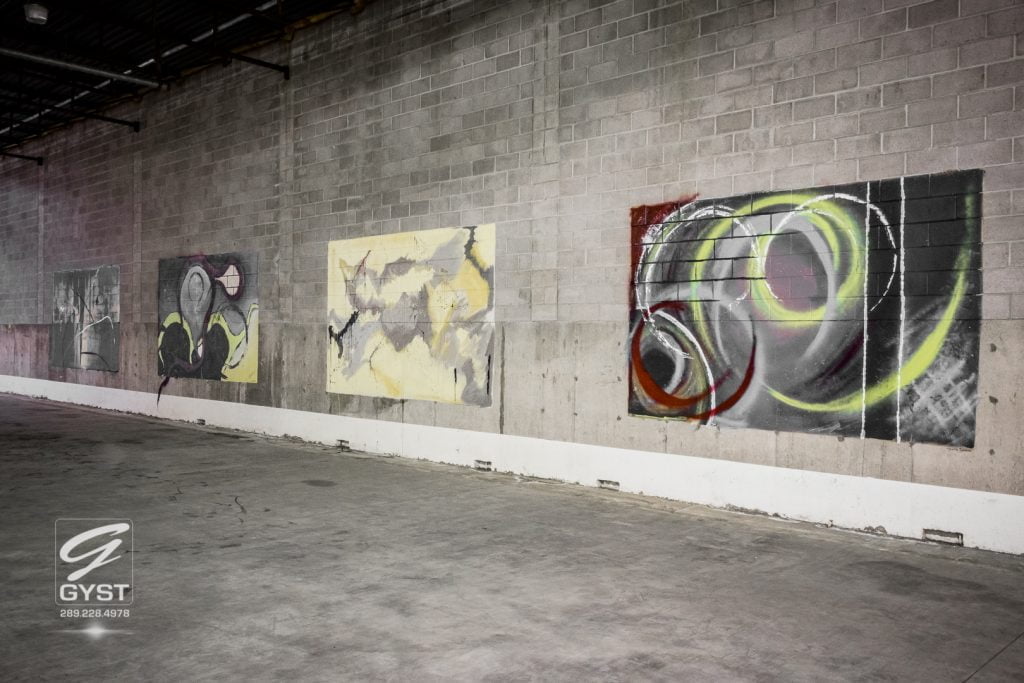

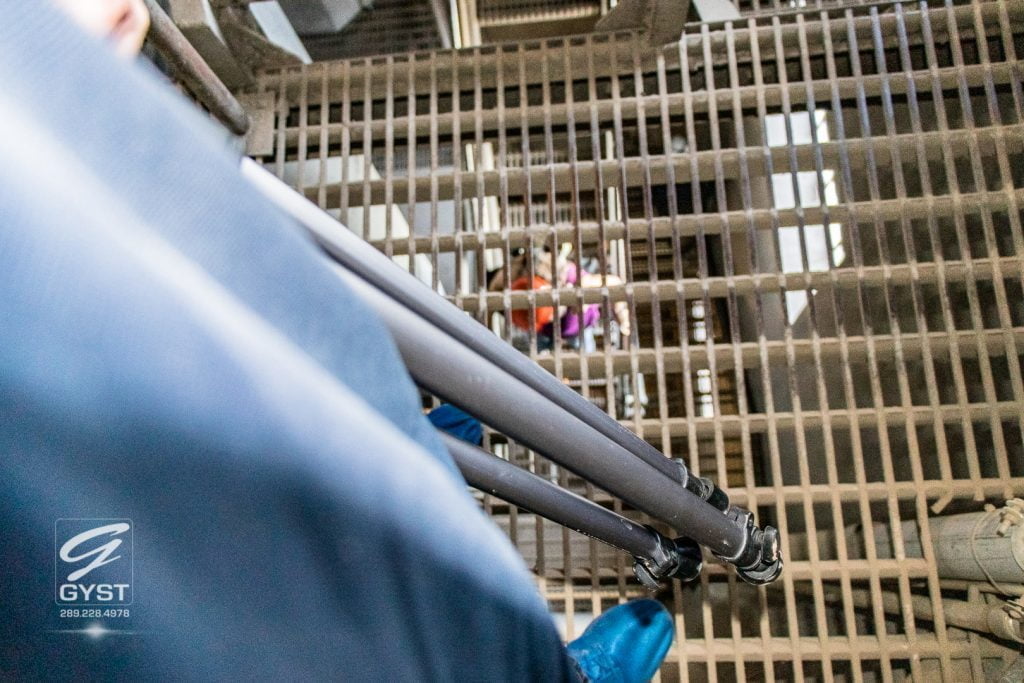
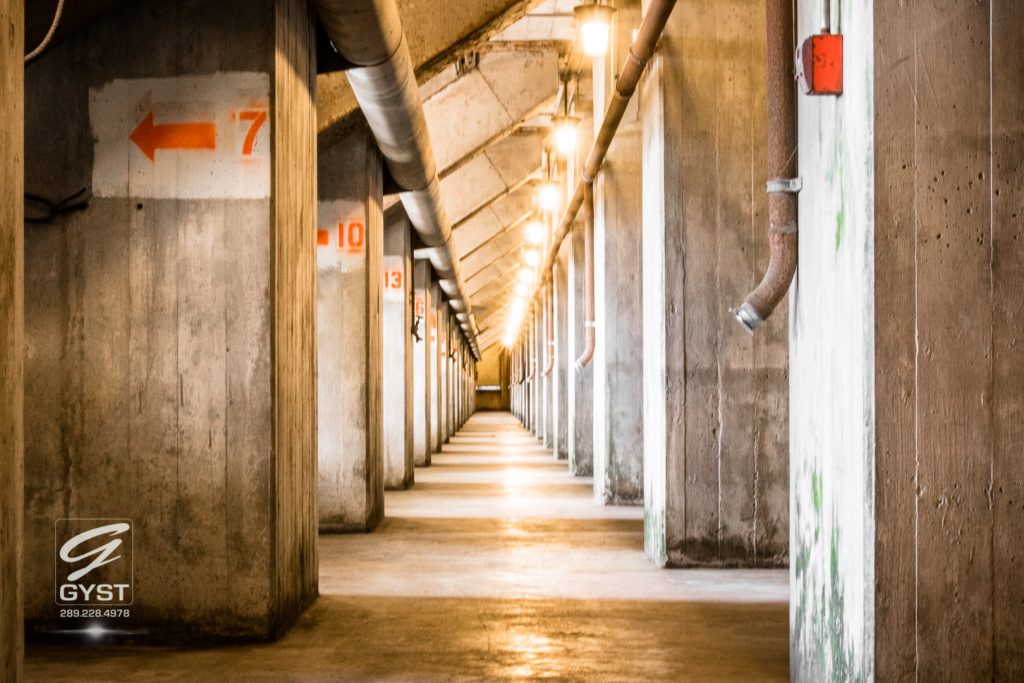
Thank you for this story on the factory . I moved to Port Colborne 3 years ago and when ever I pass the factory I think it would be an amazing canvas for a Mural !!!! Is there any possibility of a tour of the place ?
Great informative article! I pass by every day and dream of being on that roof someday. Loads of info and now I know what That new structure is for. Many thanks!
Thank you for this post.
My father worked at Robin Hood Multifoods, or the “Mill” as we referred to it, from the age of 15 to retirement. My Dad worked in the Elevator as a Weighman. The Mill provided summer employment for most of his children, along with part time employment throughout the year unloading boats as they brought wheat into Port from the Prairies. We loaded Gift of Canada (AKA Razor back bags) into endless boxcars, cursing as they cut into our skin, as well as 140lb bags of GR – Government Rations. The Mill did its part to aid in replacing the grain Russia lost to the Chernobyl disaster. When the “Lab” was functioning, Dad would occasionally open his lunch box to surprise us with freshly baked cake- not as good as Mom’s as she made everything from scratch, but a great treat. After I smoked my first cigarette at little Mud Lake, I returned home to a terrible rebuke from by my Mom. How the heck she knew was a mystery until the first summer I worked with my Dad and realized he would stand on the fire escape during break and watch us ride our bikes, roast hot dogs, and yep – smoke cigarettes. When I drank my first beer at the Windjammer, my parents knew about it the next day, as a crewman on one of the freighters my Dad unloaded, ratted me out. The Mill was a big part of my family. Though I haven’t lived in Port for more than 30 years, when I return to visit my mother-in-law, I cruise down the weir road and stare at the plant that fed, clothed, and educated my family. They say it takes a village to raise a family, but in my case it was great parents, along with a village and the Mill. I am happy to hear the Mill is alive and functioning. Thanks for the update.
This is a great article! The Robin Hood has been very important to our family and I’ve always wanted to see inside. My grandfather worked there for over 50 years and my dad and his brothers on and off. Grandpa spent a lot of those years watching out a window just below where you were standing, weighing the grain on and off the ships. He and Grandma have long since passed, but the RH logo was so ever-present in our lives that my sister and I got matching Robin Hood tattoos to remember them by. This article gives great insight into what the RH was and hope for the building remaining relevant. Thank you!
My father-in-law, John Beach, worked at Robin Hood for many. At Christmas he would get boxes of products. Loved those boxes. John knew every corner of that building. He would be pleased to see it operating again. Thanks for sharing.
I worked at Robin Hood from about 2001 until its closure in 2007. My father worked there for 35 years until the closure as well. So many great memories. Thank you for sharing!
I worked there every summer during high school – late ‘50s, early ‘60s. Wonderful place – they treated us so well and very fairly. After the first year, we didn’t even have to apply. We just showed up after exams and they put us to work. Great bosses – Irvie Knoll, Jim White, Harold Minor and others. Very memorable times!
Well done Carl, very well done!!